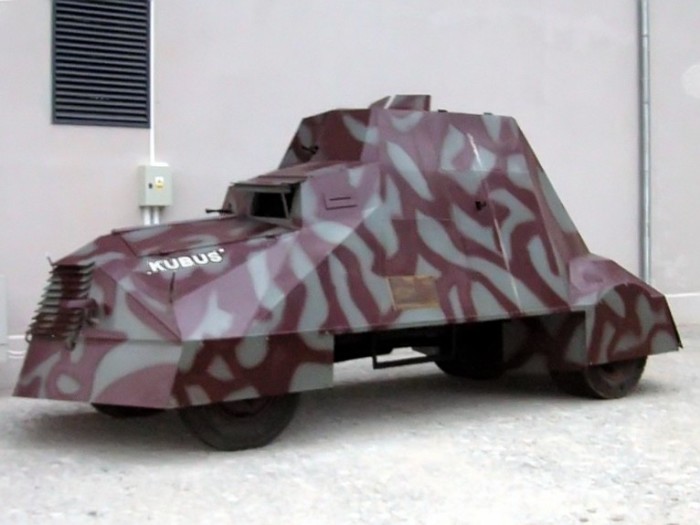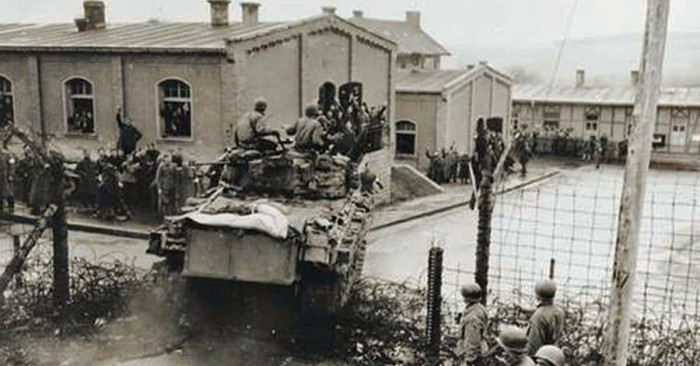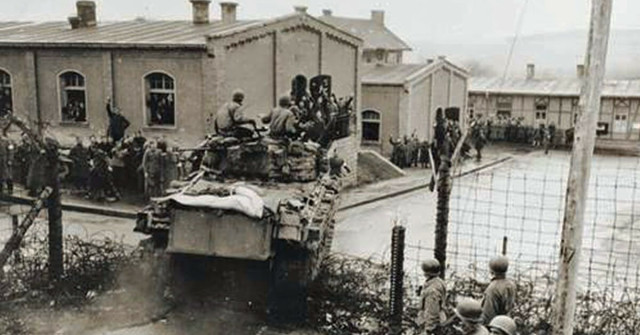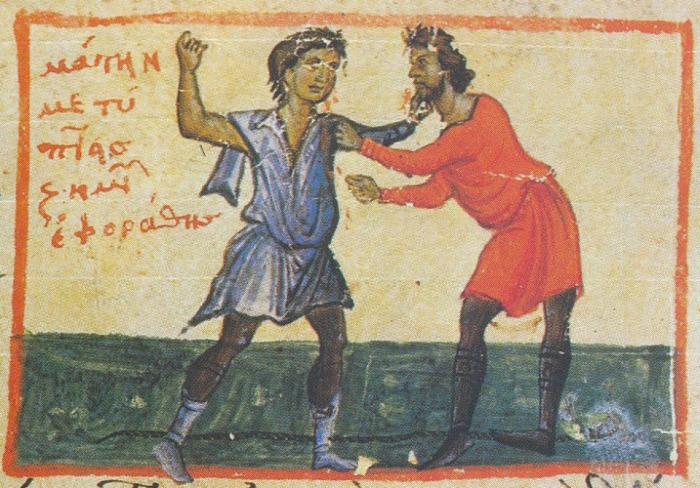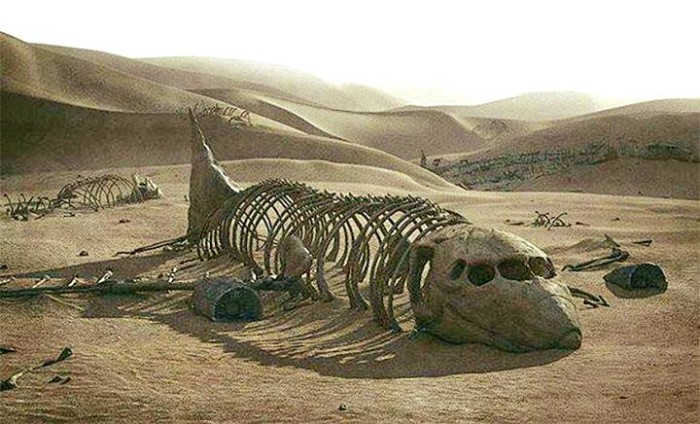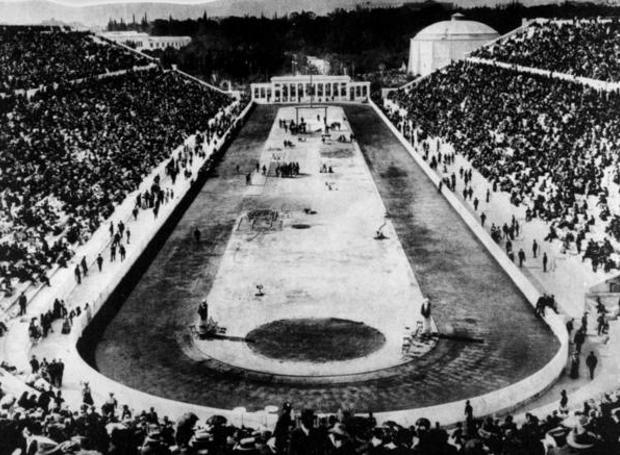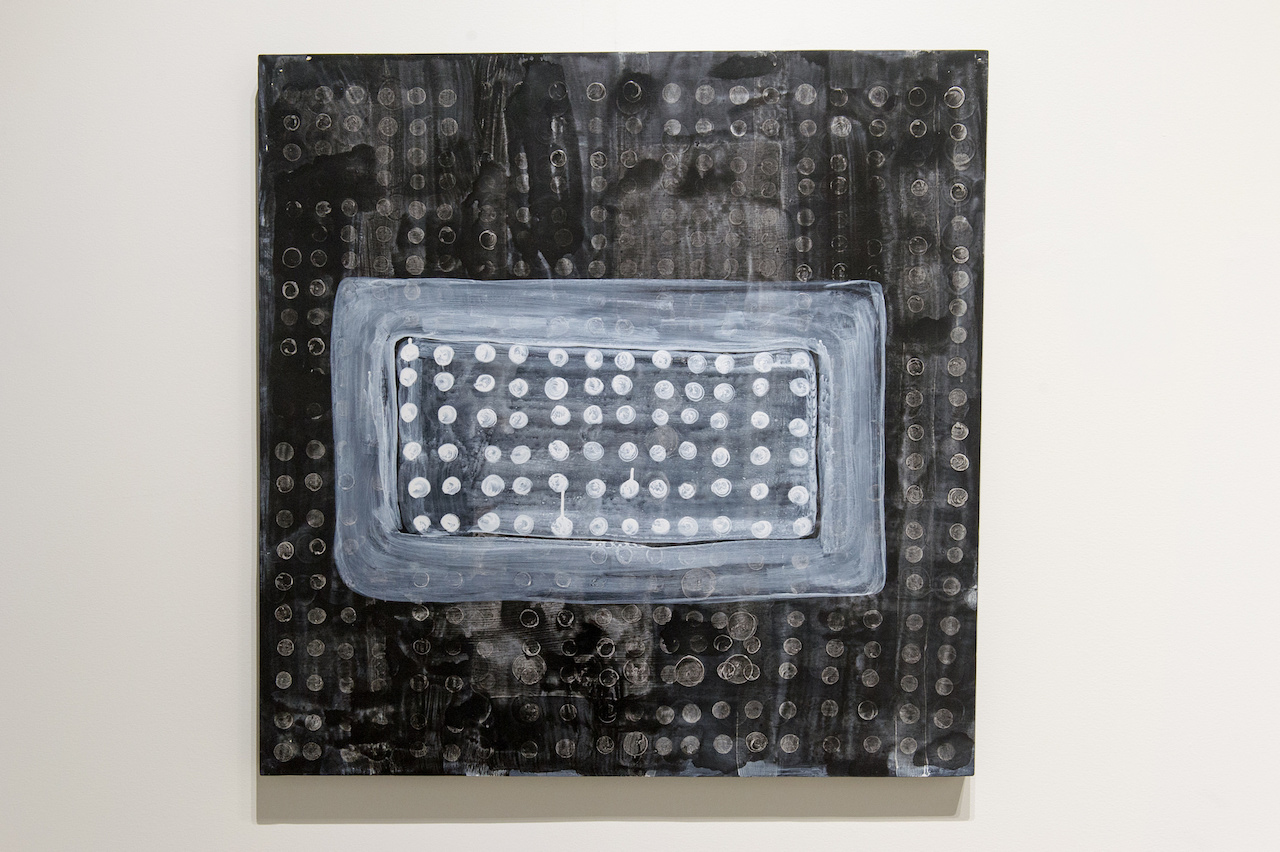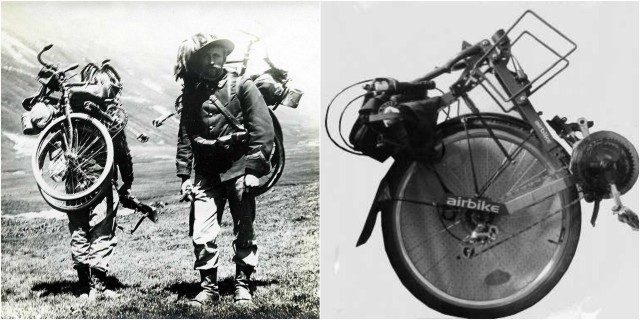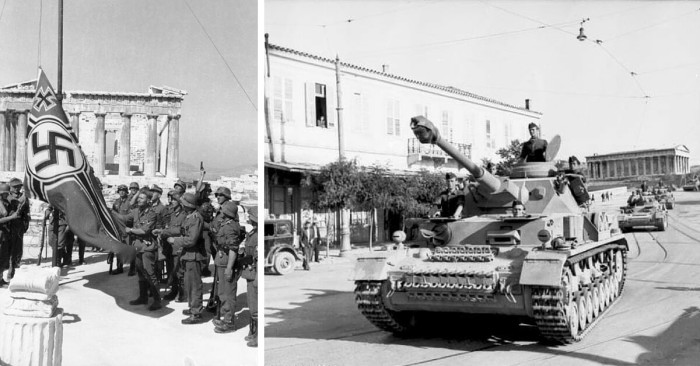Blood, dust, sands and glory – these are the words that come to
mind when traversing the pop cultural landscape of the Colosseum.
However from the architectural perspective, unlike other ancient
theaters, the oval-shaped, freestanding amphitheater was a Roman
invention. And, as the jewel in the crown of such imposing Roman-made
architectural specimens, the Colosseum holds its head high with the
towering elliptical tiers that rise to 180 ft (55 m) from the heart of
the ‘eternal city’. From those very seats, the ‘bloodthirsty’ audience
watched on the impeccably choreographed mock battles, exotic animal
parades and their merciless slaughtering, and the gruesome gladiatorial
fights. But as far as history goes, there was more to this exalted
arena, than just the collective ancient display of viciousness and pomp.
To that end, the folks over at Colosseum Lives (check their
website) have
concocted a 3D video from the VR perspective (using Oculus Rift), and
it aptly presents a grandiose scope of the Colosseum, accompanied by
good commentary.
Know the dimensions –

But before we delve into the video, we should comprehend the sheer
dimensions of this architectural masterpiece. To that end, being
elliptical in plan, the Colosseum is 189 m (615 ft) long, and 156 m (510
ft) wide – which accounts for almost 500 m (1,640 ft) in circumference,
with a base area of 6 acres (24,000 sq m). The inner arena is similarly
oval, with length of 87 m (287 ft) and width of 55 m (180 ft); while
being surrounded by a 5 m (16 ft) high wall on all sides – after which
the seat tiers started. As we mentioned before, these tiers ultimately
rose to a height of 180 ft (55 m) – thus making the total volume of the
Italian amphitheater a whopping 1,320,000 cubic m or 47 million cubic
ft. So, it comes as no surprise that during peak events, the Colosseum
could account for more than 50,000 spectators.

